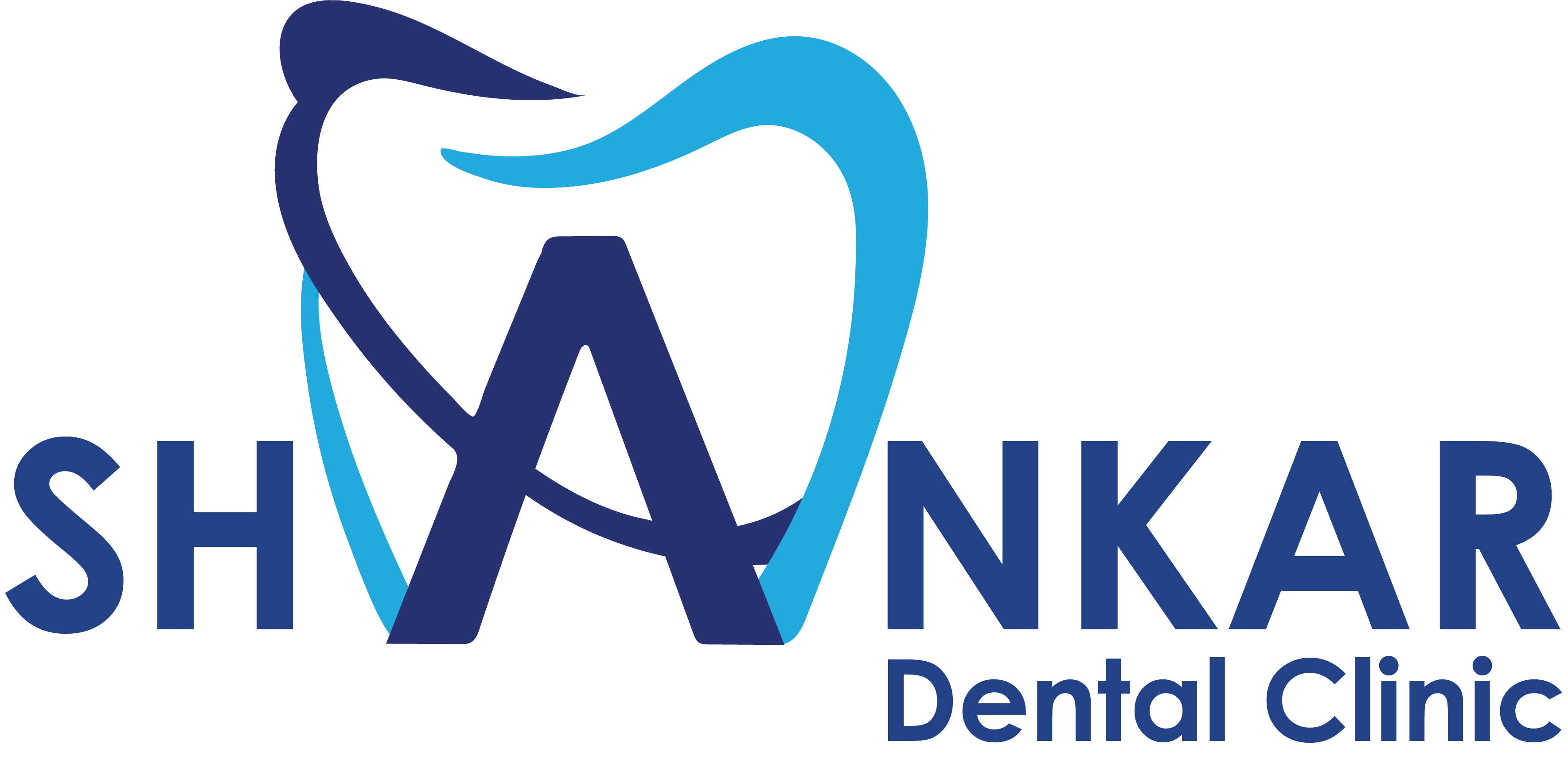Milk Tooth Restoration
Milk teeth, also known as baby teeth, play an essential role in a child’s development. These teeth help with speech, chewing, and maintaining space for the permanent teeth. When milk teeth experience damage from cavities, trauma, or decay, restoration is necessary to maintain these functions until the adult teeth come in. Here’s everything parents should know about milk tooth restoration.
Why is Milk Tooth Restoration Important?
Maintains Function and Aesthetics:
Restoring damaged milk teeth allows children to chew properly, speak clearly, and maintain their appearance while they still have these teeth.Prevents Complications:
Untreated cavities or damaged teeth can lead to infections, pain, and potential complications that could affect the surrounding teeth or the development of permanent teeth.Ensures Proper Development:
Healthy milk teeth help in proper alignment and spacing for permanent teeth, preventing issues like misalignment or crowding.
Common Causes of Milk Tooth Damage
Tooth Decay (Cavities):
The most common reason for milk tooth restoration is tooth decay. Sugary foods and poor oral hygiene can cause cavities in the milk teeth, which can lead to infection if not treated.Trauma or Injury:
Accidents, falls, or sports injuries can cause damage to a child’s teeth. If a tooth is chipped, cracked, or knocked out, restoration may be required.Abscesses and Infections:
If tooth decay or injury reaches the pulp (nerve) of the tooth, it can cause an infection, which often needs treatment like a root canal or filling.
Types of Milk Tooth Restoration
1. Dental Fillings (For Cavities)
- Material Used: The dentist may use tooth-colored fillings (composite resins) or silver-colored fillings (amalgam) to fill cavities in milk teeth.
- Process: The decayed portion of the tooth is removed, and the cavity is cleaned. Then, the filling is placed to restore the tooth’s function and appearance.
2. Crowns (For Severely Decayed or Damaged Teeth)
- Material Used: Stainless steel crowns are often used for baby teeth due to their durability and ease of placement. In some cases, tooth-colored crowns can be used for more visible teeth.
- Process: If the decay is extensive or if the tooth is fractured, a crown may be placed over the tooth to protect it and restore its function. Crowns are a popular solution for molars or teeth that have experienced significant decay.
3. Pulp Therapy (For Infected or Damaged Pulp)
- Procedure: If the tooth’s pulp (inner tissue) is affected, a pediatric dentist may perform a procedure called pulpotomy or pulpectomy to remove the infected pulp. Afterward, the tooth may be restored with a filling or crown.
4. Space Maintainers (If a Tooth Is Lost Early)
- If a milk tooth is lost prematurely due to decay or trauma, a space maintainer may be placed to keep the space open until the permanent tooth comes in. This helps avoid alignment issues with the adult teeth.
The Process of Milk Tooth Restoration
Examination and Diagnosis:
The dentist will thoroughly examine your child’s teeth and may take X-rays to assess the extent of decay or damage. They will then discuss the best course of treatment for the restoration.Numbing the Area:
Local anesthesia is often used to ensure that the child doesn’t feel pain during the procedure. Dentists are trained to make children feel as comfortable as possible.Restoration Procedure:
Depending on the treatment required, the dentist will clean the tooth, remove decay, and place the appropriate filling, crown, or other restoration.Post-Treatment Care:
After the procedure, your child may experience mild discomfort for a few days, which can be managed with pain relievers. The dentist will provide aftercare instructions and may schedule a follow-up visit.
Benefits of Milk Tooth Restoration
Prevents Further Damage:
Restoring a damaged or decayed milk tooth prevents it from causing further pain, infection, or damage to surrounding teeth.Preserves Natural Teeth:
Milk teeth act as placeholders for permanent teeth, and restoration ensures that they stay in place until the adult teeth come in.Improves Quality of Life:
Restoring the tooth enables your child to eat, speak, and smile without discomfort, boosting their confidence and overall quality of life.
When Is Milk Tooth Restoration Necessary?
Restoration should be considered if:
- Your child experiences pain or sensitivity in their milk teeth.
- You notice visible cavities, discoloration, or cracks in the teeth.
- There is swelling or pus around a tooth, which can indicate an infection.
- A tooth has been damaged or knocked out due to injury.
Key Features about Milk tooth restoration

Prevents Tooth Loss and Teeth Alignment Issues

Restores Function and Aesthetics

Addresses Pain and Infection:
Frequently asked questions
Here are descriptions for FAQs about Milk tooth restoration to provide a clear understanding:
Milk tooth restoration is necessary if a tooth is decayed, cracked, or infected. Restoring the tooth ensures your child’s oral health, maintains chewing ability, and prevents the spread of infection.
Common materials include tooth-colored fillings (composite resins), stainless steel crowns, or sometimes tooth-colored crowns for more visible teeth. The material chosen depends on the extent of decay or damage.
No, the procedure is usually painless as it is done under local anesthesia. Your child might feel some mild pressure, but they won’t experience pain during the restoration.
Yes, even teeth with deep cavities can be restored using techniques like pulp therapy (pulpotomy or pulpectomy) or crowns to save the tooth and prevent further complications.
Restored milk teeth typically last until they naturally fall out, making space for permanent teeth. The longevity of the restoration depends on the type of material used and your child’s oral care.

